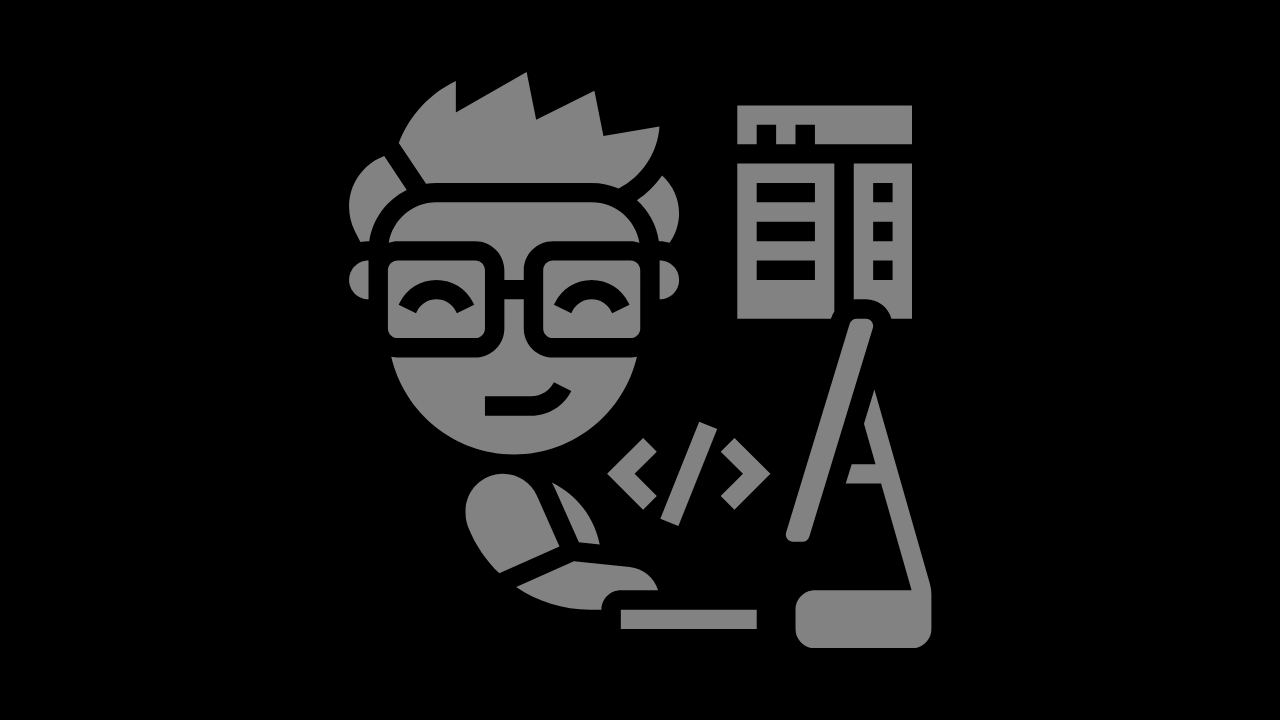The Best Kanban Apps to Streamline Your Project Workflows
Discover the best Kanban apps that you should use to visualize work, track progress, and collaborate effectively on projects.
Discover the best programming languages to learn and master, whether you're an experienced developer or a beginner.
Written by Fullstacko Team

In the dynamic world of programming, staying ahead means mastering the right languages. As we step into 2024, the demand for certain programming languages is soaring. Whether you’re a seasoned developer or just starting, here’s a curated list of the 10 best programming languages to master this year.
Quick disclaimer: The recommendations you find in this article are mostly objective but merely represent suggestions for you to choose from. They are not necessarily listed in any particular order.
Rust tops our list for its focus on performance and memory safety. With direct hardware access, it’s the go-to language for systems programming. Its ownership model ensures robust concurrency without sacrificing speed.
Why master:
JavaScript’s static typing cousin, TypeScript, offers enhanced readability and maintainability. Its growing popularity in web development, especially with frameworks like Angular and React, makes it a must-learn language.
Why master:
For those diving into mobile app development, Swift is indispensable. Developed by Apple, it’s the primary language for iOS app development. Its readability and performance make it a wise choice for broader application development.
Why master:
Known for its interoperability with Java, Kotlin brings concise syntax and improved null safety. It’s a go-to language for Android development and has gained traction in server-side development as well.
Why master:
Python remains a powerhouse in 2024, excelling in areas from web development to data science. Its simplicity, vast libraries, and readability make it an essential language for developers across various domains.
Why master:
Go, or Golang, shines in scalable systems and microservices. Developed by Google, it combines simplicity and efficiency, making it a favorite for projects where performance and scalability are paramount.
Why master:
R continues to dominate the field of data analytics and statistics. With an extensive ecosystem of packages, it’s the go-to language for data scientists and statisticians, making complex data manipulation and visualization accessible.
Why master:
Julia has been gaining momentum in scientific computing. Its speed and expressiveness make it an attractive choice for numerical and computational tasks, challenging traditional players like MATLAB and Python in this domain.
Why master:
Dart’s resurgence is closely tied to the success of Flutter for cross-platform app development. Its simplicity and efficiency in building UIs have made it a go-to language for developers seeking a unified codebase for iOS and Android.
Why master:
Haskell’s functional programming paradigm offers a unique approach to problem-solving. Its strong type system and immutability make it a language of choice for projects where correctness and reliability are critical.
Why master:
Here are five tips to help you choose the right programming language for your usecase:
Consider Project Requirements: Evaluate the specific requirements of your project, such as its purpose, scope, and intended platform. Different programming languages are better suited for specific tasks and environments. For example, Python is excellent for web development and data analysis, while C++ is often used for system programming and game development.
Assess Learning Curve: Consider your familiarity with programming and the learning curve associated with each language. Choose a language that aligns with your skill level and learning goals. Beginner-friendly languages like Python and JavaScript are great choices for those new to programming, while more complex languages like C++ and Rust offer advanced features for experienced developers.
Community and Ecosystem: Evaluate the size and activity of the language’s community and ecosystem. A vibrant community provides access to resources, libraries, frameworks, and community-driven support forums, which can accelerate development and troubleshooting. Languages like Python, JavaScript, and Java have large and active communities.
Performance Requirements: Consider the performance requirements of your project, such as speed, memory usage, and scalability. Some languages prioritize performance over ease of development, while others prioritize developer productivity. Choose a language that strikes the right balance between performance and development efficiency based on your project’s needs. For high-performance applications, languages like C++ and Go are popular choices, while languages like Python and Ruby prioritize developer productivity.
Future Growth and Trends: Stay informed about industry trends, job market demand, and the future growth potential of programming languages. Choose a language with a promising future and ample job opportunities in your desired field or industry. Languages like Python, JavaScript, and Java are widely used and in high demand across various industries.
By considering these factors and taking a thoughtful and systematic approach to your decision-making process, you can choose the right programming language that best suits your project requirements, skill level, performance needs, and future career goals.
As you embark on your programming journey in 2024, mastering these languages will undoubtedly broaden your horizons. Stay curious, explore the diverse ecosystems each language offers, and adapt your skills to the ever-evolving tech landscape.
References:
Other articles from our collection that you might want to read next.
Discover the best Kanban apps that you should use to visualize work, track progress, and collaborate effectively on projects.
Discover the best code editors that let you build modern web and cloud applications while enhancing your developer experience.
Discover the best tech newsletters that you should subscribe to get your daily dose of insights from the technology sector.
Get curated weekly analysis of vital developments, ground-breaking innovations, and game-changing resources in your industry before everyone else. All in one place, all prepared by experts.